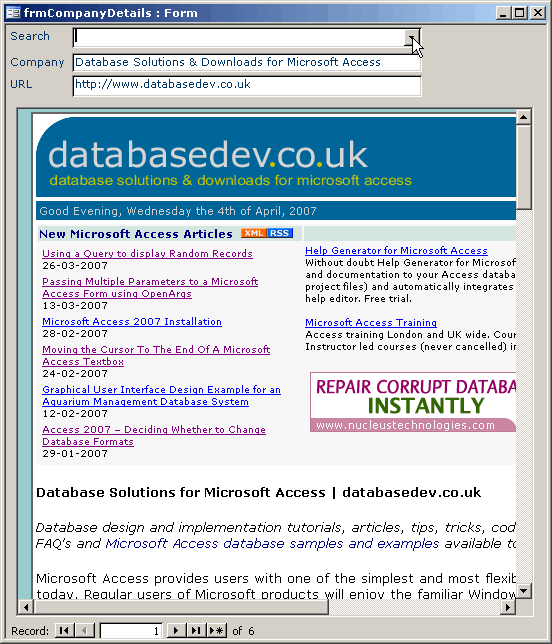

You can now connect to your database using SQL Server Management Studio or another tool of your choice. Your IP address can now pass through the IP firewall. Once this occurs, close the Firewall settings page. You get a success message upon successful configuration of firewall rule. A server-level IP firewall rule is created for your current IP address opening port 1433 on the server. Then enable Azure services and resources to access this server by checking the checkbox. An IP firewall rule can open port 1433 for a single IP address or a range of IP addresses. Select Add your current client IPv4 address under Firewall rules to add your current IP address to a new IP firewall rule. The overview page for your database opens, showing you the fully qualified Server name (such as ) and provides options for further configuration.Ĭopy this fully qualified server name for use to connect to your server and databases from SQL Server Management Studio. Select Set server firewall from the top menu. If so, you cannot connect to your database unless your administrator opens port 1433.Īfter the deployment completes, select Go to resource to configure IP firewall settings. If you are trying to connect to this service from within a corporate network, outbound traffic over port 1433 may not be allowed by your network's firewall. Follow these steps to create a server-level IP firewall rule.Īzure SQL Database communicates over port 1433. To enable external connectivity to your database, you must first add an IP firewall rule for your IP address (or IP address range). This firewall prevents external applications and tools from connecting to the server and any databases on the server unless a firewall rule allows their IP through the firewall. On the toolbar, Select Notifications to monitor the deployment process.Īzure SQL Database creates an IP firewall at the server-level. Now that you've completed the SQL Database form, Select Next to review and create the database. This is optional but recommended if you are working with multiple resources and resource groups. Select Next to assign Tags for categorizing and consolidating billing for your resource groups. For more information about collations, see Collations

For the purposes of this demo, we will be starting with a blank database.Įnter a Collation for the blank database (for this tutorial, use the default value). In the Additional settings tab, you can choose where you want your data to be sourced from or start with a blank database. Then, hit the Next tab to configure your security and other additional settings.

In the Networking tab, select your connectivity method, connection policy, and encrypted connection settings. Select the Networking tab to configure your Networking settings This will determine the compute + storage as well as backup redundancy recommendations for your workload. For more details, visit the SQL elastic pools documentationĬhoose the type of environment you would like your workload to be on. On the Create a resource page, select SQL Database or Create under SQL Database.įill out the SQL Database form with the following information, as shown on the preceding image: Settingįor details about your subscriptions, see Subscriptions.įor valid resource group names, see Naming rules and restrictions.įor valid database names, see Database identifiers.Ĭhoose whether or not you want to use SQL elastic pool. On the Azure portal menu or from the Home page, select Create a resource. The database is created within an Azure resource group and is managed using an logical SQL server.įollow these steps to create a blank database. Create a blank database in Azure SQL DatabaseĪ database in Azure SQL Database is created with a defined set of compute and storage resources. To complete this tutorial, make sure you've installed: For connectivity to a SQL Managed Instance, see these SQL Managed Instance quickstarts: Quickstart: Configure Azure VM to connect to an Azure SQL Managed Instance and Quickstart: Configure a point-to-site connection to an Azure SQL Managed Instance from on-premises. You could also use a pooled database in an elastic pool or a SQL Managed Instance. For the purpose of this tutorial, we are using Azure SQL Database.


 0 kommentar(er)
0 kommentar(er)
